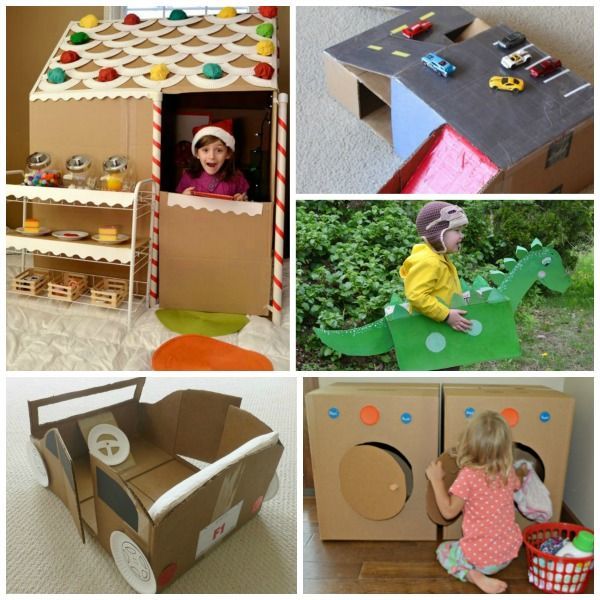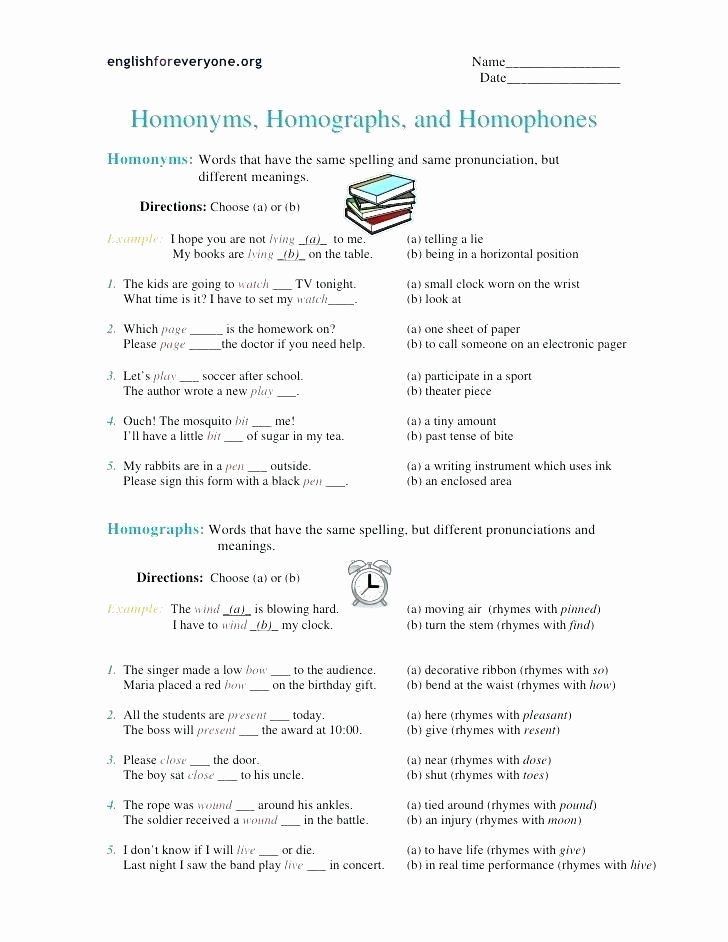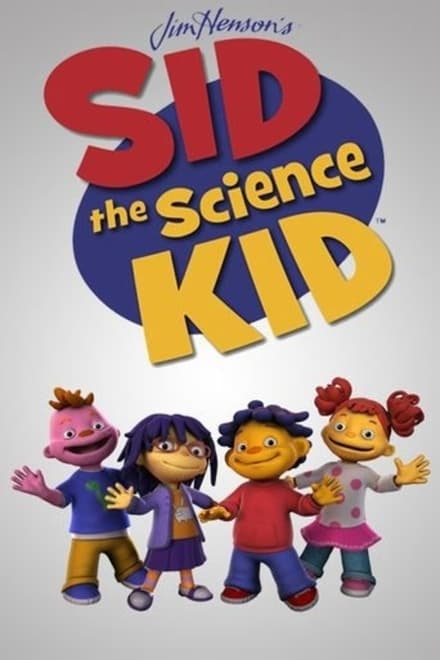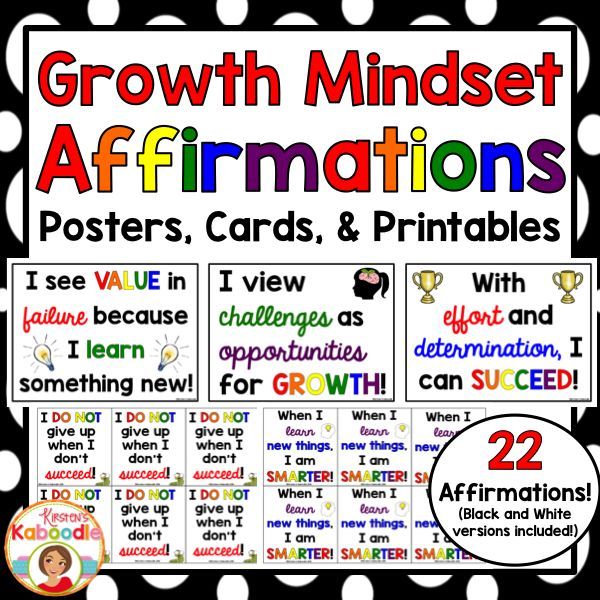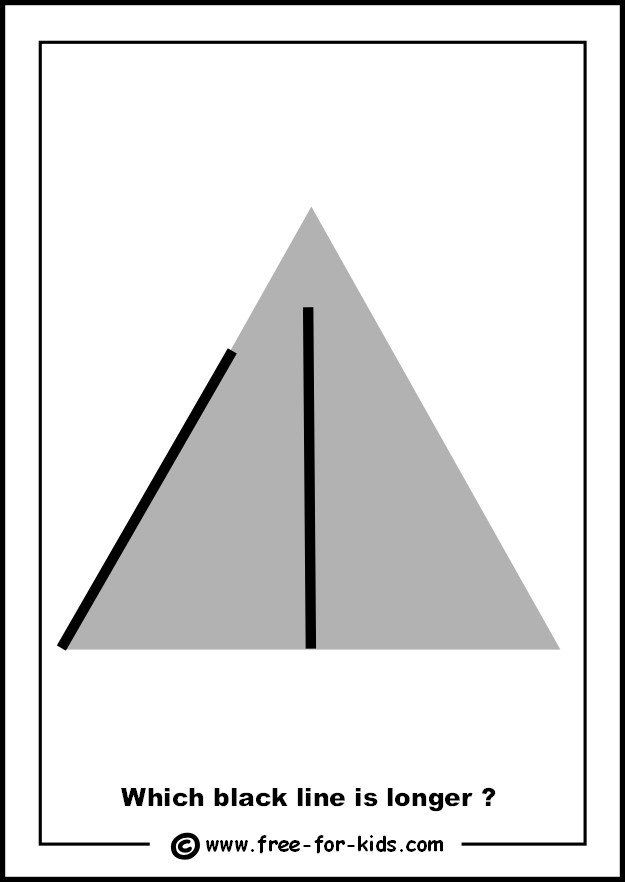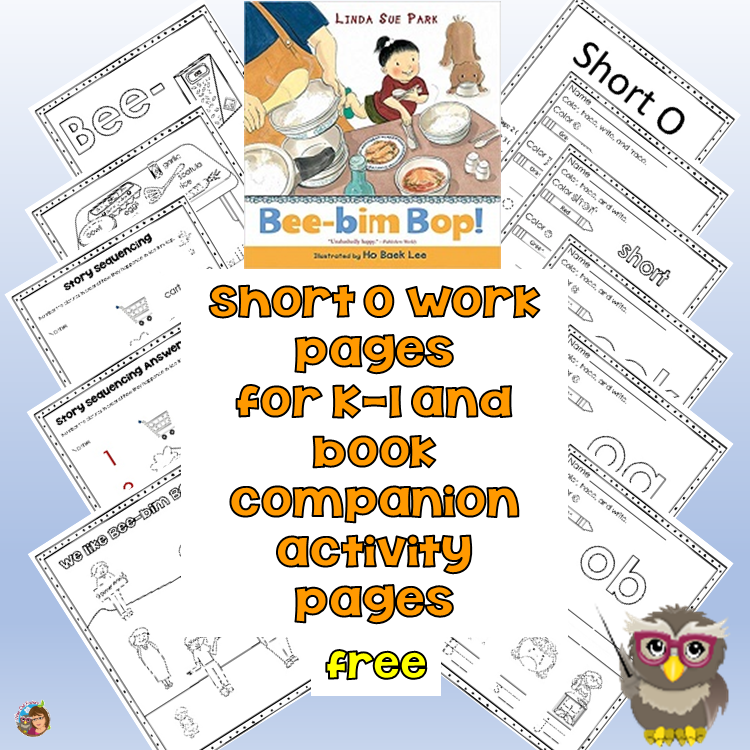We are alphabets
5 Easy ways to teach the alphabet to preschoolers | Daycare Blog
Teaching children the alphabet is foundational to learning how to read. Before children can put together sounds or draw together lines that make words, they need to know what they are. If you’ve never taught the alphabet before, the concept may sound abstract: how do you teach something that comes so naturally to you? Teaching letters can be really fun and simple. In this article, we’ll give you easy ways to teach the alphabet to preschoolers.
1) Sing alphabet songs
Obviously, we all know the English-language, “A-B-C-D, E-F-G,” song. That’s a great place to start. However, there are more alphabet songs, which can add variety to your tunes, and help kids learn the alphabet in different ways.
This article lists a whole bunch of alphabet songs to try. And, if you saw our article on YouTube channels for toddlers and preschoolers, you can find letter-related songs there too. The visuals in videos can show objects that start with each letter, and sometimes the songs also pronounce sounds too.
One important note brought up by this early childhood educator, is that kids should go from singing the song, to being able to say and point out the letters without a tune. So don’t stop at singing!
2) Play letter matching games
Letter matching games are easy to set up. You can have a poster board with the alphabet printed on it in large letters. Have separate letter magnets or paper letters cut out at the same size as the print letters. Ask the preschoolers to match their cut outs to the letters on the chart. Where does “A” go? Place the letter “A” cut out on top of the printed “A” on the poster board. Get them to practice doing this with all the other letters.
As the early childhood educator mentioned above noted, you can also have an alphabet ‘arc,’ where one end of a half-circle shows the letter “A”, and the other end the letter “Z”. In between you can have other letters in the alphabet shown, but not all of them. Ask the preschoolers to put down their block letters in the right sequence, using the pre-filled in letters as clues.
3) Open a new ‘alphabet box’ each week
You may have seen us post on Facebook that a certain week is brought to you by a letter we’re covering. It may be “C,” and you’ll see photos of us painting the letter C at daycare, or learning about animals that start with the letter “C.” Weekly letter themes are common in preschools.
You can take your weekly letter curriculum a step further by creating a box that children can open to discover objects that relate to that letter.
For example, on the week covering the letter “A,” your preschoolers can open (or even unlock) a box that contains an apple, a toy airplane, a toy alligator, an acorn, an arrow (a safe one!), and so on. In fact, don’t tell the children right away what letter the box of ‘treasures’ represents. Ask them if they can guess the letter they’ll cover that week by observing the objects in the box alone. This can be a fun and whimsical way to have your children get excited about the week ahead, and work together to come up with an answer.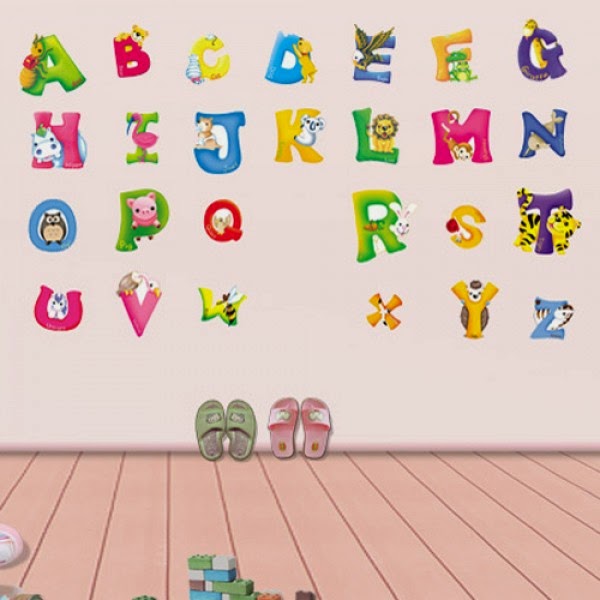
3) Use interdisciplinary learning with each letter, to strengthen letter associations
Since repeating a letter over and over again can get boring, you can mix it up a little by bringing in related lessons. You can start with a week’s letter as your core subject. Then, throughout the day, teach interdisciplinary subjects that still relate.
For example, if you are on the letter “R,” you can learn about the colour “red” too, since it starts with “R.” Ask the children, ‘what things are red?’ If you are on the letter “A,” you can learn about apples. We’ve done this before, where we teach children about the types of apples there are, as well as explain that seeds are inside an apple, and so on.
This blogger lists a whole bunch of crafts you can you incorporate into your letter learning. For example, you can make holes with a hole punch for the letter “H.” This can then lead into learning about the circle shape. You get the idea…
4) If you use flashcards to teach the alphabet, use logical ones
Flashcards are a great memorization tool, and the alphabet is all about memorizing.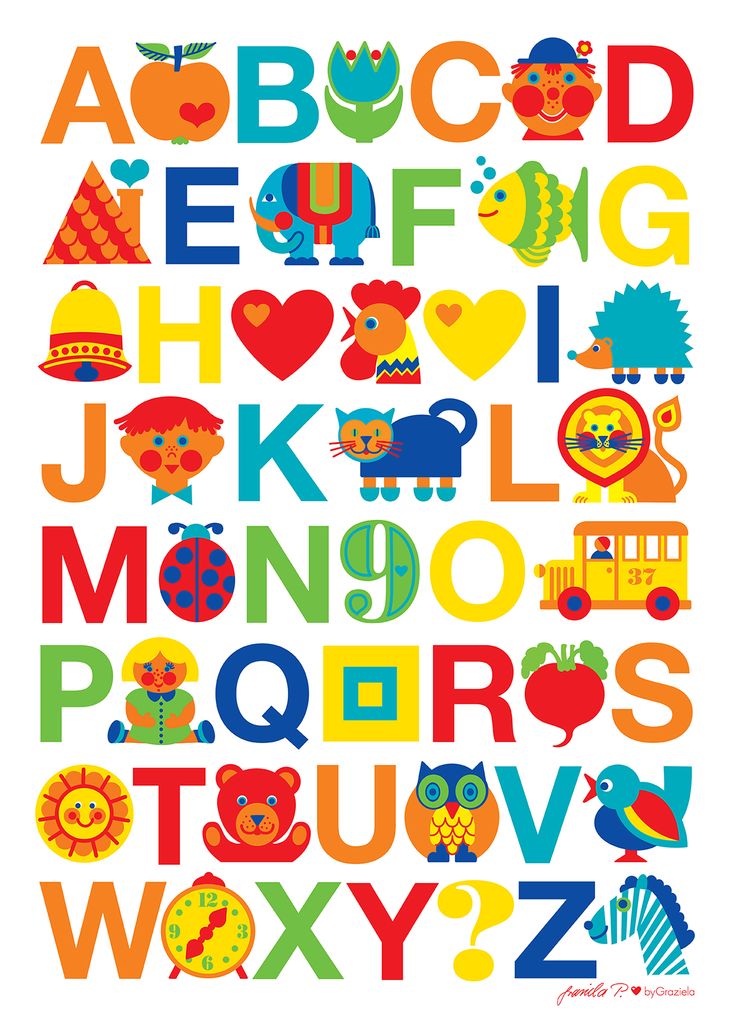 However, this teacher warns that sometimes, pre-made flashcards can get really confusing. If you are teaching the letter “D” and there is an image of something that simply uses the sound of “D” somewhere in the word, but doesn’t start with “D”… well you can quickly see how even adults would be confused by that.
However, this teacher warns that sometimes, pre-made flashcards can get really confusing. If you are teaching the letter “D” and there is an image of something that simply uses the sound of “D” somewhere in the word, but doesn’t start with “D”… well you can quickly see how even adults would be confused by that.
Remember, at this stage, you’re not teaching phonetics or complex vocabulary and pronunciation. First, children need to recognize and know the alphabet. Use the simplest flash cards, with the simplest pictures of the objects and animals that preschoolers can recognize.
That said, sometimes you want to use lowercase and uppercase letters in your flashcards…and yes, that can be confusing for the very young learners, especially when the upper and lowercase look so different, but are called the same thing. But if you’re using a set of magnets, for example, you can just use their uppercase versions, that’s ok (they may only come in that form). For very early learners, you can start really basic.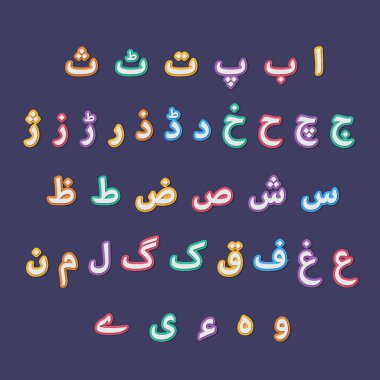 Just don’t forget to start showing them the lowercase and uppercase letters together at some point in their alphabet learning journey.
Just don’t forget to start showing them the lowercase and uppercase letters together at some point in their alphabet learning journey.
5) Eat foods shaped like letters to help preschoolers learn their alphabet
Speaking of interdisciplinary alphabet learning, why not do a baking session with the kids at preschool? They can use letter-shaped cookie cutters to make a fun and yummy snack. Meanwhile, there is a host of lessons you can teach with the baking activity. Chemistry, cooking, nutrition…the list goes on.
If you want the easy route, try commercially-sold letter-shaped biscuits. IKEA has a version of these. Ask your toddler or preschooler to name the alphabet letter they’re about to eat. Eating it can be the reward for getting it right!
And of course, there is alphabet soup, or noodles shaped like letters. You can make mealtime fun, and educational, with these edible alphabet manipulatives.
So there you have it, 5 easy ways to teach the alphabet to preschoolers. They may even be fun for you, too! It is super cute to hear little ones pronounce letters, and guess what object goes with each letter. When your preschoolers are learning the alphabet, be sure to take every teachable opportunity you can to encourage them to recognize letters in the world around them. If you’re on a field trip, ask the children if they can spot their letter-of-the-week on a street or building sign. If you’re reading a book, see if they can spot the letters you’re reading to them. Keep pushing letter recognition throughout the day, so the lessons can really sink into their memory.
They may even be fun for you, too! It is super cute to hear little ones pronounce letters, and guess what object goes with each letter. When your preschoolers are learning the alphabet, be sure to take every teachable opportunity you can to encourage them to recognize letters in the world around them. If you’re on a field trip, ask the children if they can spot their letter-of-the-week on a street or building sign. If you’re reading a book, see if they can spot the letters you’re reading to them. Keep pushing letter recognition throughout the day, so the lessons can really sink into their memory.
See more on our blog:
- How to teach digraphs to preschool children (6 ways)
- What is the best way to teach word recognition to early childhood readers?
- Why is literacy crucial in the early years? How can parents and preschools help with reading skills?
- How to teach toddlers and preschoolers to count, and learn their numbers
- Ideas for teaching shapes in preschool and daycare
18 Amazing Alphabet Videos to Help Kids Learn Their ABCs
Is there anything more important in a young student’s life than learning their ABCs? This fundamental skill opens up the world of reading and writing, which can take kids just about anywhere! These alphabet videos help teach and reinforce the letters and their sounds in fun and engaging ways.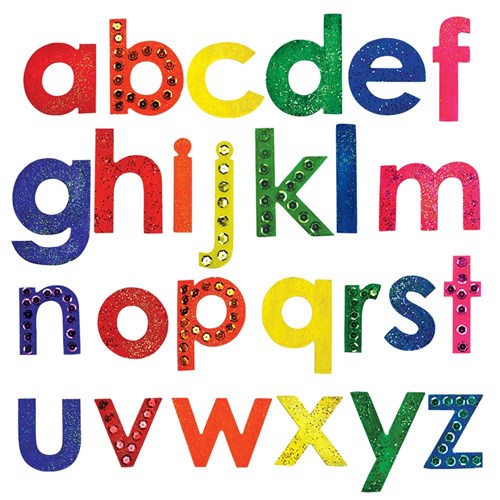 Kids will beg to watch them again and again!
Kids will beg to watch them again and again!
1. Take a trip to Sesame Street
When it comes to alphabet videos, no one does it better than Sesame Street. This compilation of songs includes famous musical guest stars like Usher and India.Arie, plus familiar characters like Elmo and Kermit the Frog.
2. Rap the alphabet
It’s the ABC song, but with a hip-hop twist. This video also covers the sounds each letter makes, making the alphabet more meaningful.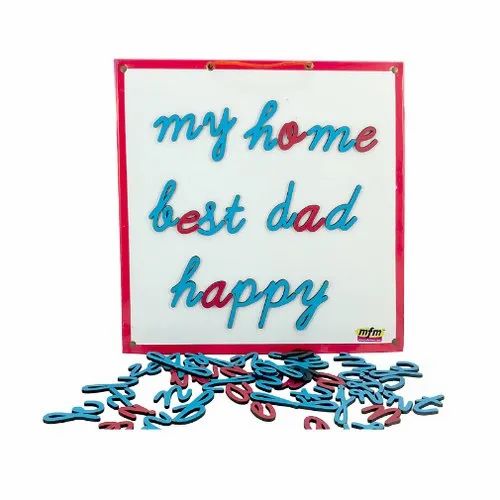
3. Watch the Alphablocks
This video episode of the popular show opens with the Alphablocks trying to sing the familiar ABC song—but some letters want more than their fair share! You can watch just this part alone, or play the entire video to see the Alphablocks on their various adventures.
4. Workout to the letter sounds
Popular kids’ entertainer Jack Hartmann gets little ones up and moving as they work out and learn their letters at the same time.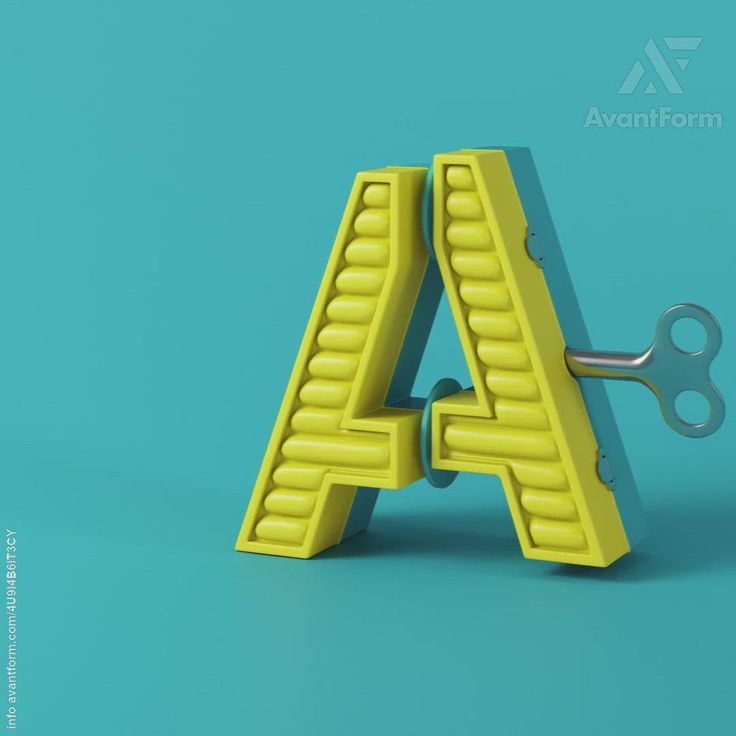 This one is perfect for a movement break!
This one is perfect for a movement break!
5. Canta la alphabeto en Español
Why limit yourself to English? Gina Rodriguez and Elmo are here to help you learn to sing the ABCs in Spanish too!
6. Learn the yoga alphabet
Learn the alphabet and basic yoga poses, all at the same time! Watch the video through once, then go back and play it slowly letter-by-letter, doing the yoga poses along the way. This is such a fun way to do the ABCs!
7.
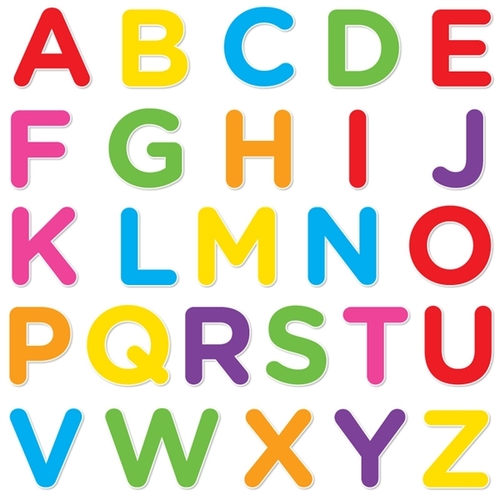 Transform the letters of the alphabet
Transform the letters of the alphabetKids who love to play with cars and trucks will get a kick out of this alphabet video. Each letter drives onto the screen in pieces, then transforms itself into position.
8. Do the alphabet dance
We love alphabet videos that get kids up and moving! In this one, little learners make the shapes of the letters with their bodies as they dance along to the upbeat music.
9. Meet the dinosaur alphabet
Dino-obsessed kids will love this video! It features a dinosaur for every letter of the alphabet, plus fun facts about each species.
10. Sing a new alphabet song
Ready for a new alphabet tune? This video features a competitor on “Alphabet Idol” crooning the ABCs to a new melody and rhythm.
11. Listen to
Chicka Chicka Boom BoomWhether they’re new to the book or already know it by heart, kids will enjoy this syncopated performance accompanied by colorful visuals.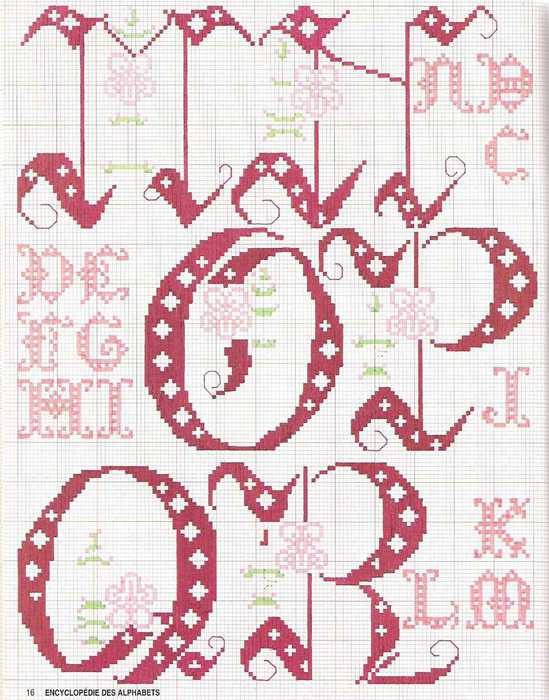 For another fun version, watch Ray Charles reading this beloved favorite!
For another fun version, watch Ray Charles reading this beloved favorite!
12. Come to the alphabet party
What happens when you invite all the letters to a party at your house? Find out in this sweet song! (B is blowing bubbles and K is fascinated with her kite, for starters.)
13. Visit the Alphabet Lost and Found
Oh no! So many words have lost their letters! What will they do? Visit the Alphabet Lost and Found, of course! (Love They Might Be Giants? Watch the whole Here Comes The ABCs album here.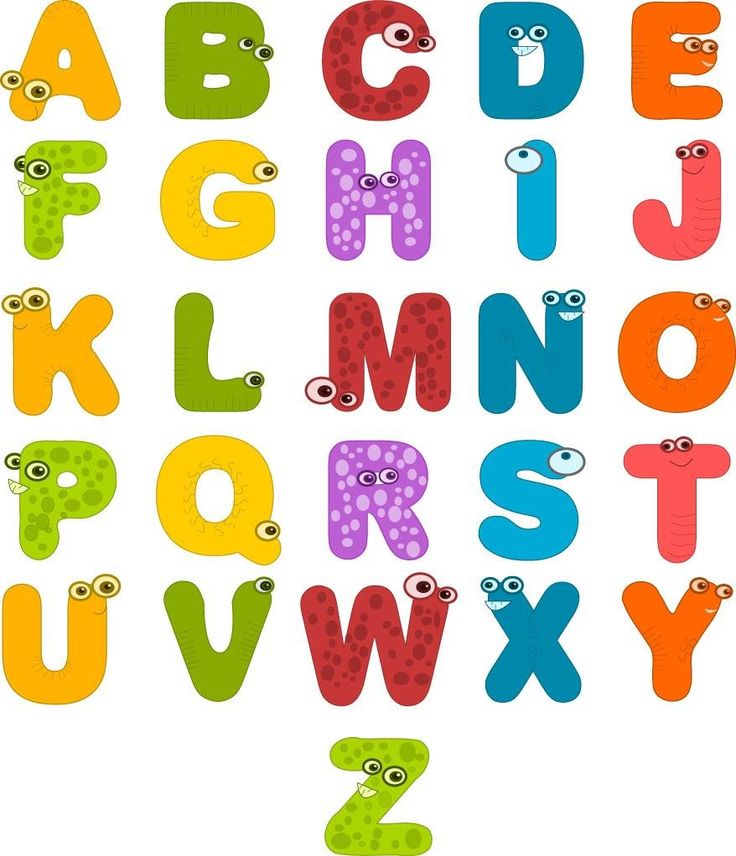 )
)
14. Join the StoryBots to learn the alphabet
The StoryBots take you through the alphabet from A to Z in this longer musical video, giving examples along the way. Kids will have fun pretending to be robots as they sing along.
15. Dine on alphabet veggies
Learn the ABCs and a whole lot of healthy vegetables too! From arugula to zucchini, they’re all here, and they’re all nutritious.
16. Dance to the Boogie Woogie Piggies Alphabet
Sesame Street has done so many alphabet videos over the years, but this barnyard classic remains a favorite. Sing and dance (and oink) along with the Boogie Woogie Piggies as they perform the ABCs. (For more throwback fun, check out the time Big Bird thought the alphabet was one long word!)
17. Try the alphabet backwards
Look at the alphabet in a whole new way when you try to sing it backwards. Learning their “CBAs” is new for most kids, and it’s a terrific way to get them to think outside the box.
18. See it, say it, sign it
We love the idea of teaching all kids the sign language alphabet. Even if they never learn another sign, they’ll have the basic skills to communicate with those who are deaf/hard of hearing .
Enjoying these alphabet videos? Keep the learning going with 26 Fun Easy Ways For Kids to Practice Their ABCs.
Plus, 26 Awesome Ways To Use Alphabet Beads For Learning.
Coffee beans and the Ethiopian alphabet
In addition to the UN languages, this material is also available on
- Português
Last month we visited Addis Ababa to conduct a workshop for the Ethiopian Label Generation Commission. alphabet.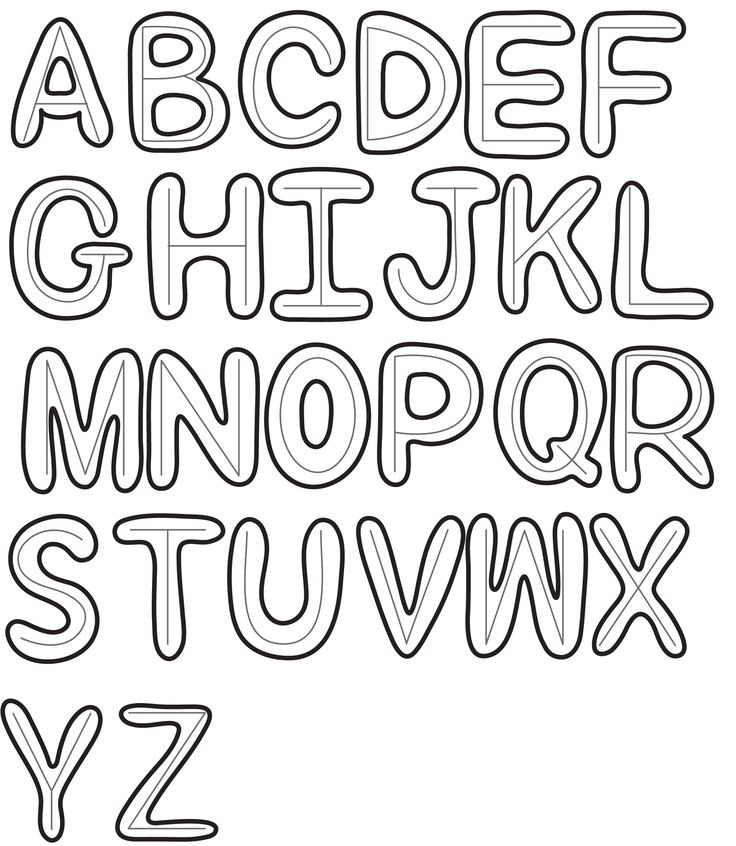 Immediately upon arrival, while exploring the rich history and culture of Ethiopia, we learned that the birthplace of coffee beans is Kaffa, a medieval kingdom in ancient Ethiopia. Beans grow on a bush called "bun" in Oromo, the language of this region. Fascinated by this discovery, we began our conversation by visiting the Institute of Ethiopian Studies (IES), which houses a museum, where they took us on a tour to acquaint us with the beautiful and diverse heritage of Ethiopia. This museum was an ideal first stop for our trip, as it allowed us to better understand the difficult task to be solved.
Immediately upon arrival, while exploring the rich history and culture of Ethiopia, we learned that the birthplace of coffee beans is Kaffa, a medieval kingdom in ancient Ethiopia. Beans grow on a bush called "bun" in Oromo, the language of this region. Fascinated by this discovery, we began our conversation by visiting the Institute of Ethiopian Studies (IES), which houses a museum, where they took us on a tour to acquaint us with the beautiful and diverse heritage of Ethiopia. This museum was an ideal first stop for our trip, as it allowed us to better understand the difficult task to be solved.
After the museum, we visited the Academy of Ethiopian Languages and Cultures (AELC) on the campus of the University of Addis Ababa. There Professor Mulugeta Seyoum spoke enthusiastically about the Academy's active involvement in the study of languages, philology, lexicography and culture of Ethiopia. Because in Ethiopia they speak 91 language, they have a lot of work to do.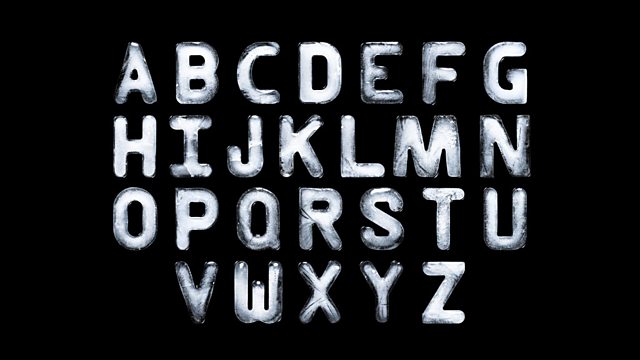
Image source: omniglot
Showing us the numerous publications published by the academy, including dictionaries of various languages such as Amharic, Kebena, Oromo and Tigrinya, the professor told us about the academy's current activities in developing grammar rules for many spoken languages, in which are spoken in the country, for example for Como, a little-known Nilo-Saharan language. He explained how the modern use of the Ethiopian alphabet differs from the use of the Geez language, which originated in the 5th century BC. The professor explained that this alphabet is syllabic, when each symbol represents a combination of consonant and vowel sounds. He pointed out the difficulties that arise when using the consonant-vowel structure to write sequences of two consonants (called doubles). These pairs are as much a natural part of the languages where they are used as is bread from Abyssinian teffa (in which there is a double sound "f") for residents of the country. His enthusiasm was as invigorating for us as the cup of brewed coffee that we enjoyed drinking with him in the local university cafeteria. While we drank local coffee, we silently wondered how they would write the word "Kaffa" in the letters of the Ethiopian alphabet, which also has a double sound.
His enthusiasm was as invigorating for us as the cup of brewed coffee that we enjoyed drinking with him in the local university cafeteria. While we drank local coffee, we silently wondered how they would write the word "Kaffa" in the letters of the Ethiopian alphabet, which also has a double sound.
Some AELC scientists are members of the Ethiopic Label Generation (GP) Commission, seeking to solve a very different problem - to develop Ethiopic Label Generation Rules (LGR) for the Root Zone. These scientists share their unparalleled knowledge in tackling this difficult task, collaborating with the technical experts who make up the panel, which is chaired by Dessalegn Mequanint, professor in the Department of Informatics at the University of Addis Ababa. In addition, the commission has members representing the telecommunications sector, the public sector and the private sector.
The purpose of our trip to Addis Ababa on July 21-23 was to give this group of experts a detailed overview of the community-established procedure for developing LGR for the root zone [PDF, 1.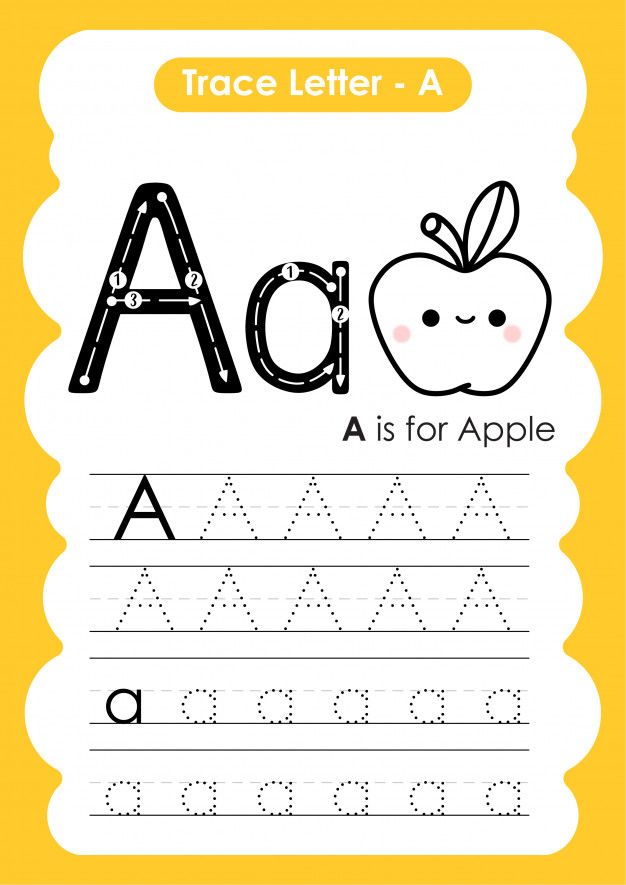 4 MB]. This training was organized as part of the Internationalized Domain Names (IDN) Implementation Program and with the participation of the Global Stakeholder Engagement (GSE) Africa to "officialize support for IDNs". This strategic project is part of the overall strategy for ICANN Africa, which began in 2013 and was revised in November 2015 in Mauritius for a period ending in 2020.
4 MB]. This training was organized as part of the Internationalized Domain Names (IDN) Implementation Program and with the participation of the Global Stakeholder Engagement (GSE) Africa to "officialize support for IDNs". This strategic project is part of the overall strategy for ICANN Africa, which began in 2013 and was revised in November 2015 in Mauritius for a period ending in 2020.
This is the second training workshop of its kind in Africa. The first took place in the city of Pointe-Noire (Congo) last year. These workshops are designed to promote the active participation of experts from African countries in various projects related to African languages and scripts, not only in the Ethiopian alphabet commission. The trip to Ethiopia also gave us a unique opportunity to invite participants from Africa to the panel for generating labels using the Latin alphabet, since this alphabet is used in the writing of many African languages, such as Ewe, Rwanda, Hausa and others.
There are many other communities using the same character set who have joined forces to contribute to the development of LGR for the root zone. These communities are at different stages of development, as illustrated in the diagram below.
These communities are at different stages of development, as illustrated in the diagram below.
We are grateful to the African Union Commission and the Computer Science Department of Addis Ababa University for facilitating and hosting this workshop. Our engagement with the African community as part of ICANN's Africa strategy will continue to expand.
If you'd like to help write rules for one of these scripts or get started on another script you use, please send an email to [email protected].
Authors
Yaovi Atohoun
Read biography
Read biography
Sarmad Hussain
Read biography
Read biography
Tomsk College of Information Technologies
Where did the alphabet come from? (22.05.2020)
From May 18 to May 22, an educational quiz "Where did the alphabet come from?" was held for TTIT freshmen, dedicated to the Day of Slavic Literature and Culture.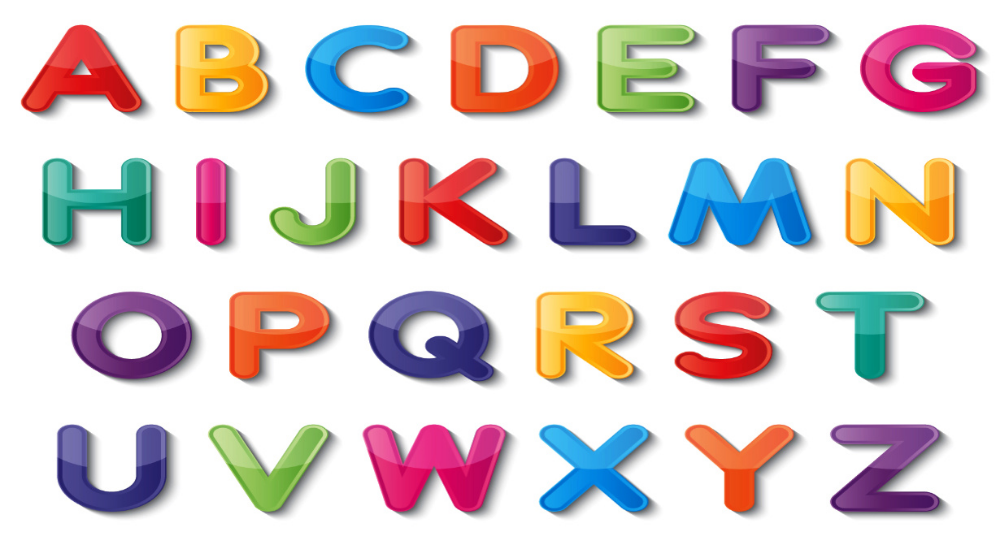 We offer everyone interesting quiz materials and questions for self-examination.
We offer everyone interesting quiz materials and questions for self-examination.
May 24 in all countries where the Slavs live, celebrate the Day of Slavic Literature and Culture. This day is dedicated to scientists and educators who created the first Slavic script in the world. These are known in all Slavic countries - Cyril and Methodius. It was they who became the founders of Slavic writing.
Many years ago, Russia was called differently - Rus, and it was inhabited by the Slavs. The Slavs were strong, hardy, hardworking. Their every day was full of labor worries. The Slavs worked hard, but one thing upset the Slavs - they did not have a letter, an alphabet, they did not know letters and could neither write nor read. Who created our Slavic writing? How did the letters of the Slavic alphabet originally look and were called?
It was a long time ago, in the 9th century. On the border with Bulgaria was one of the largest Byzantine provinces. Its capital is the city of Thessalonica. Two sons grew up in the family of a military official - Konstantin and Mikhail (after taking monastic vows, they began to be called Cyril and Methodius). The population there was half Greeks, half Slavs, and in the family of boys the mother was Greek, and the father was Bulgarian, and therefore from childhood they - Thessaloniki brothers - had two native languages - Greek and Slavic. The characters of the brothers were very similar. Both read a lot, loved to study. For Konstantin, knowledge, books became the meaning of his whole life, he received an excellent education, quickly studied grammar, arithmetic, geometry, astronomy, music, knew several languages. Interest in the sciences, perseverance in learning, diligence - all this made him one of the most educated people of the time. It is no coincidence that he was called a philosopher for his great wisdom.
Its capital is the city of Thessalonica. Two sons grew up in the family of a military official - Konstantin and Mikhail (after taking monastic vows, they began to be called Cyril and Methodius). The population there was half Greeks, half Slavs, and in the family of boys the mother was Greek, and the father was Bulgarian, and therefore from childhood they - Thessaloniki brothers - had two native languages - Greek and Slavic. The characters of the brothers were very similar. Both read a lot, loved to study. For Konstantin, knowledge, books became the meaning of his whole life, he received an excellent education, quickly studied grammar, arithmetic, geometry, astronomy, music, knew several languages. Interest in the sciences, perseverance in learning, diligence - all this made him one of the most educated people of the time. It is no coincidence that he was called a philosopher for his great wisdom.
At the time when Constantine and Methodius lived, the Slavic peoples occupied the vast territories of Eastern and Central Europe.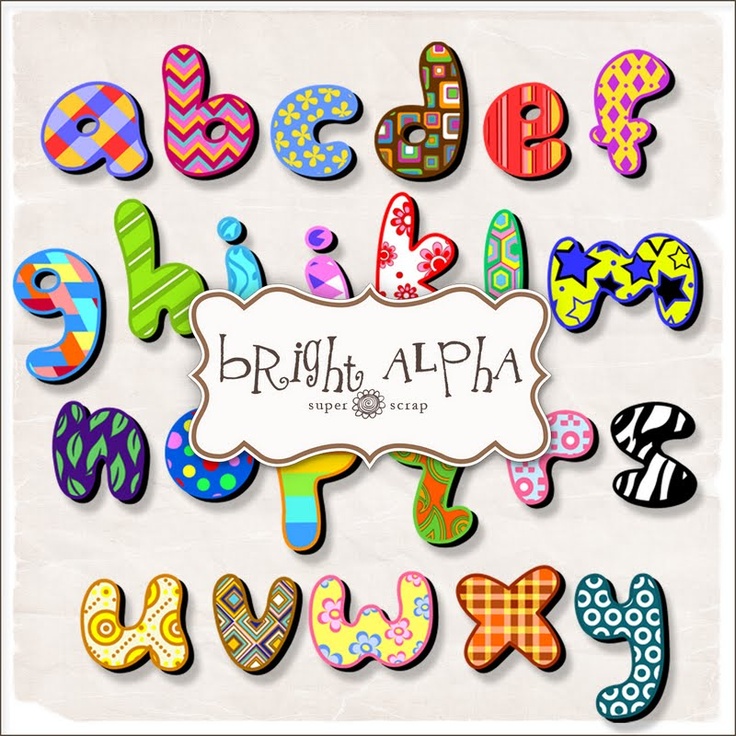 They reached such a level of development when it became necessary to have a written language - their own, Slavic (and then the Slavs used Greek and Latin letters).
They reached such a level of development when it became necessary to have a written language - their own, Slavic (and then the Slavs used Greek and Latin letters).
Years have passed. The brothers grew up and learned. Cyril became a librarian, and Methodius became a military leader. But the dream of creating a Slavic alphabet did not leave his younger brother. He worked hard and came up with letters, and from them he compiled the alphabet. But coming up with is half the battle. It is necessary to translate books from Greek into Slavonic so that the Slavs have something to read. It turned out to be a very difficult task, and Kirill alone could not cope. His elder brother Methodius began to help him. So, Cyril and Methodius set to work. “Letters should be beautiful and simple so that the hand writes easily, without delay, as if singing,” the brothers immediately decided. They had to work hard. Day after day they stood side by side and drew various signs in the sand with long sticks.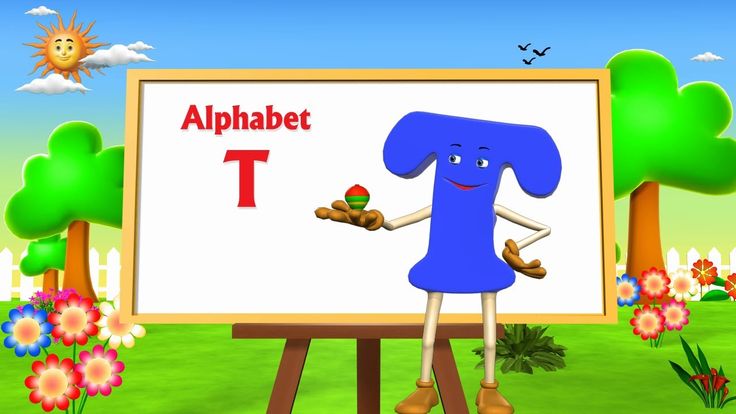 They erased them, wrote new ones. Everything was easy for them. The alphabet took shape like a mosaic picture, and, finally, Constantine wrote the first line of the Gospel of John in new beautiful letters: "In the beginning was the word." Thus, writing on the Russian land began with Holy Scripture. The new language was expressive, beautiful and musical. In this surprisingly kind, melodious language, they prayed to God and the Most Holy Theotokos, asked for help in their difficult life and the deliverance of Russia from wild, cruel enemies.
They erased them, wrote new ones. Everything was easy for them. The alphabet took shape like a mosaic picture, and, finally, Constantine wrote the first line of the Gospel of John in new beautiful letters: "In the beginning was the word." Thus, writing on the Russian land began with Holy Scripture. The new language was expressive, beautiful and musical. In this surprisingly kind, melodious language, they prayed to God and the Most Holy Theotokos, asked for help in their difficult life and the deliverance of Russia from wild, cruel enemies.
Slavic writing was created in the 9th century, in 863. The alphabet created by Cyril and Methodius was named "Cyrillic" in honor of Cyril. Not everyone knows that May 24 is a special day. May 24 is the Day of Slavic Writing and Culture, the Day of veneration of the holy enlighteners Cyril and Methodius, who gave the Slavs that script, the alphabet that we still use. The holiday came to us from Bulgaria, where this tradition is already over a hundred years old.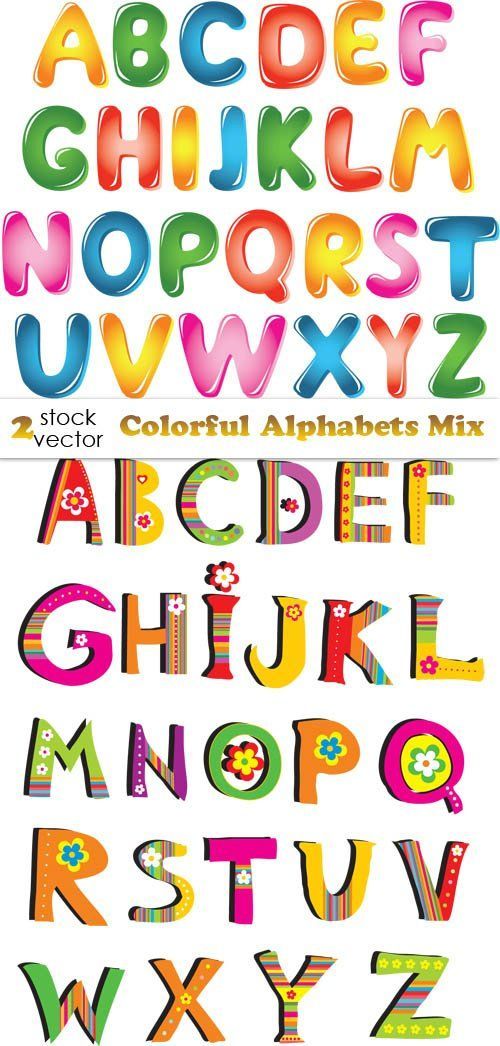 In Russia, it was decided to celebrate the memory of the Saints in 1863.
In Russia, it was decided to celebrate the memory of the Saints in 1863.
Since 1991, the Day of Slavic Literature and Culture has been officially celebrated in our country as the day of Saints Methodius and Cyril (Constantine).
The Russian alphabet is a unique phenomenon among all known methods of alphabetic writing. In the alphabet and only in it there is content. The Proto-Slavic alphabet is a message - a set of encoded phrases. Let's look at the first three letters - AZ, BUKI, VEDI.
AZ - I, BUKI - letters, letters, LEAD - know, know. Thus, the following phrase is obtained: AZ BUKI VEDI - I know the letters.
VERB WELCOME ISTE - a word is an asset.
LIVE - means to live in labor, and not to vegetate.
GREEN - diligently.
EARTH - the planet Earth and its inhabitants - earthlings.
And - union and.
LIKE - those who are the same.
HOW - like, like.
PEOPLE are rational beings.
This part of the alphabet meant:
Live green, earth, and like people - live hard, earthlings, and as befits people. Think of our peace, comprehend our universe. Here it is, the alphabetical message! In modern translation it sounds like this:0068 I KNOW THE LETTERS:
Think of our peace, comprehend our universe. Here it is, the alphabetical message! In modern translation it sounds like this:0068 I KNOW THE LETTERS:
WELCOME - THERE IS LIFE.
WORK HARD, EARTH PEOPLE,
LIKE A REASONABLE PEOPLE,
UNDERSTAND THE WORLD!
BRING THE WORD PROUDLY:
KNOWLEDGE IS A GIFT OF GOD!
STRIVE FOR THE LIGHT!
Thank you letters for teaching us beauty, kindness, wisdom. Thanks to the brothers Cyril and Methodius for giving us the Slavic alphabet. The Thessalonica brothers are the pride of the entire Slavic world. Cyril and his brother Methodius are often depicted in Bulgaria walking along the road with books in their hands. A torch raised high illuminates their path. They love this image in the Balkans. According to well-established folk ideas, Cyril and Methodius are two diamonds, two falcons, two pure lives. The lives and words of praise say that the Thessalonica brothers are "an eternal root, which is honest and popular. "
The Slavic alphabet is amazing and is still considered one of the most convenient writing systems. And the names of Cyril and Methodius, "the first teachers of Slovenia", became a symbol of spiritual achievement. And every person who studies the Russian language should know and keep in his memory the holy names of the first Slavic enlighteners - the brothers Cyril and Methodius.
The Slavic alphabet existed in Russia unchanged for more than seven centuries. Its creators tried to make each letter of the first Russian alphabet simple and clear, easy to write. They also remembered that the letters should be beautiful, and that a person who barely saw them would immediately want to master the letter. There were 43 letters in the Slavic alphabet. Only under Peter I did the number of letters change, they became 36. Later, new letters were added to the alphabet (they were not in the Old Slavonic language) - Yo and Y.
In 1918, the Russian language was reformed - the alphabet was simplified: 33 letters were left in it, which we all use to this day.


